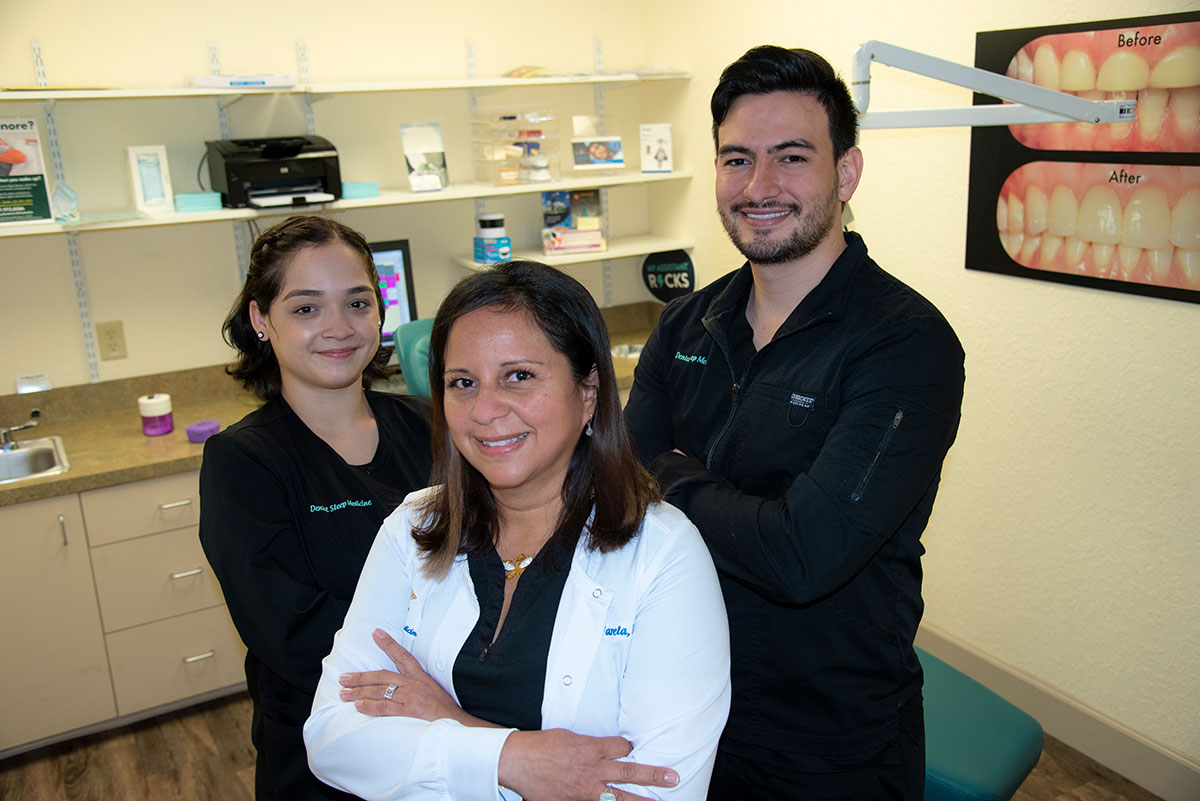

Since the publication of the initial position statement by the American Academy of Sleep Medicine (AASM) in 1995, the clinical use of oral appliances (OAs) for the treatment of snoring and obstructive sleep apnea (OSA) has markedly increased. The most recent AASM practice parameters on the treatment of snoring and OSA with oral appliances was published in 2006 as “Practice Parameters for the Treatment of Snoring and Obstructive Sleep Apnea with Oral Appliances: An Update for 2005” with the accompanying systematic review paper “Oral Appliances for Snoring and Obstructive Sleep Apnea: A Review.” Since these publications, the scientific literature on OAs has grown considerably, particularly related to clinical outcomes after use of OAs.
Journal of Dental Sleep Medicine, Vol. 2, No. 3, 2015